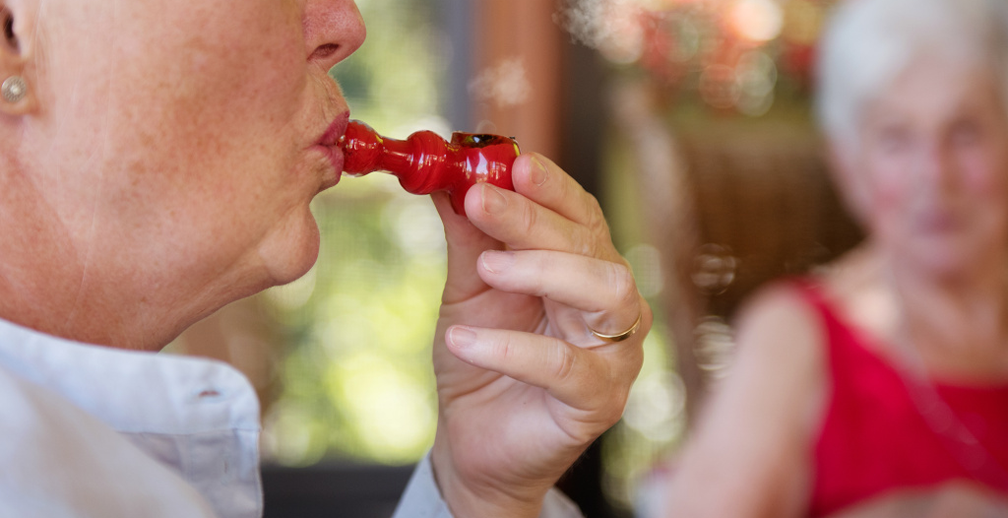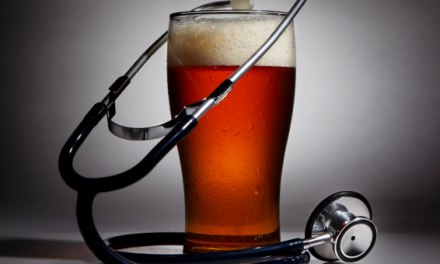In a recent issue of The Guardian:
How the pandemic created a new generation of stoners
Ever since the arrival of COVID-19, cannabis use in the US has steadily increased. I guess that’s no surprise to anyone. Consumption of alcoholic beverages and drugs in general has gone up as well. There has been an influx of ‘new’ users — some genuinely ‘new’ to cannabis, while others experimented with the drug in their youth, drifted away from it as they matured, and were now planning to return.
Both groups were attracted by the idea that cannabis was a low-cost, low-risk way to reduce the mental, emotional, and physical stress of the pandemic. After all, most Americans already regard cannabis as harmless, particularly when contrasted with so-called ‘hard’ drugs. And now, in a growing number of states, the push for legalization took away a final major barrier to widespread acceptance.
Why not cannabis? people asked themselves. Might not help very much, but it won’t do any harm, either.
Now, a followup question takes the stage: what percent of these additional users will stick with cannabis, going forward? Meaning continue to purchase and consume commercial cannabis products as the years fly by? Or, as the threat of COVID recedes, will they decide to go back to their pre-pandemic behaviors?
From an industry standpoint, it’s an enormously important question. Revenue projections depend on it. In a way, it reminded me of the 1970’s, when soldiers and military personnel returned to the States from Vietnam. Many were known to have at least experimented with opiates, including heroin, while they were overseas. Now, experts asked, would they continue to seek out illicit drugs here as they had in Southeast Asia?
For the most part, it didn’t happen. Without the ready availability they experienced in Vietnam, most just stopped — often on their own, without assistance. The ones who did continue as heroin users appeared to fall into two broad categories: first, those who used ‘hard’ drugs before they went overseas; and second, those who had progressed to intravenous (IV) use in Vietnam. These two groups represented a high-risk population for ongoing drug use back in the States.
One major difference: where heroin was strictly prohibited in the US during the 70’s, cannabis won’t be. In fact, it will be heavily promoted by the emerging commercial cannabis industry — using the traditional media, but also online, via social media. And in many places, cannabis stores will pop up right around the corner.
That’s much closer to the status society accords alcoholic beverages. During the pandemic, regulations around drinking were frequently relaxed. In some places, you could, for the first time, order your booze by phone, for delivery to your door. In other places, you could even purchase a drink right there on the sidewalk, outside a bar or restaurant with a liquor license. It was unprecedented. But the feeling was that ordinary citizens ‘needed’ the increased access to alcohol.
Not surprisingly, the beer, wine, and liquor business really appreciated their new privileges. Now they’re lobbying hard to make them permanent. They hope to hang on to the extra revenue they made during the pandemic, as well as exploit the new ways of getting their products out to their customers.
For many of the ‘new’, pandemic-era cannabis users, regular use will already be a habit. I use the term in the dictionary sense, of “a recurrent, often unconscious pattern of behavior that is acquired through frequent repetition”. It’s simply a part of the daily routine.
And research does suggest that regular cannabis use, especially daily or near-daily, is likely to lead to a degree of dependence. That translates to withdrawal symptoms. Gping without pot will be uncomfortable, physically as well as emotionally. Here’s something from last year on that subject.
More Research on Cannabis Withdrawal
As we’ve seen with opioids and other drugs, folks who are dependent are conditioned to self-medicate the discomfort of withdrawal symptoms with (you guessed it) still more of the drug. That further anchors the behavior, increasing the degree of conditioning around regular use. It reduces the chances of success, when and if the user decides to stop.
And cannabis dependence is likely to have an impact on success rates for treatment of other substances. For many in addiction treatment, it will represent a co-occurring disorder to be reckoned with.
Anyway, I’ll be interested in how this plays out, over time.












